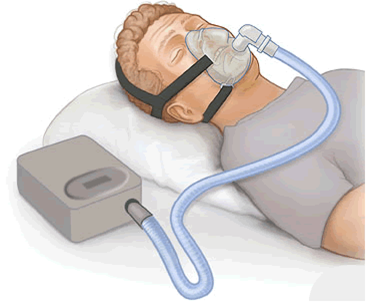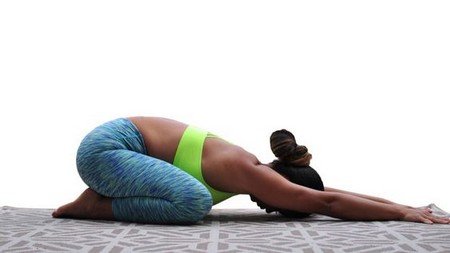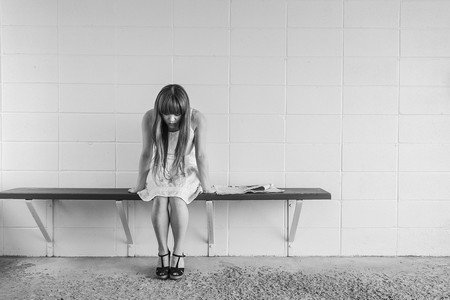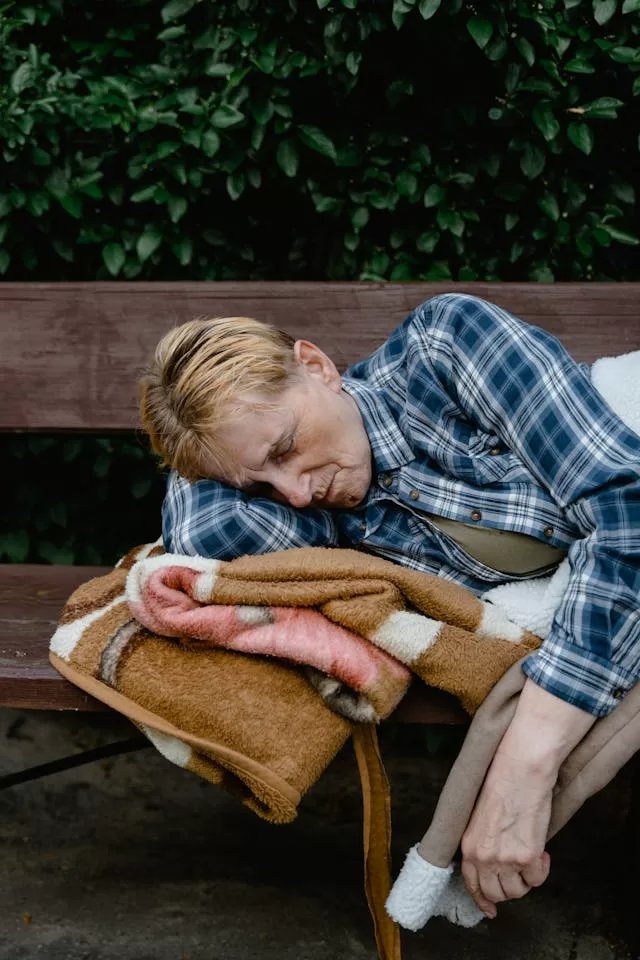Sleep apnea is a serious sleeping disorder in which your brain fails to send proper signals to your breathing controlling muscles due to which your breathing stops and starts frequently while sleeping. This health issue can affect anybody from children to senior citizens but it is curable through proper medication and certain lifestyle changes. Untreated sleep apnea for a long time can be fatal.

Types of sleep apnea:
1. Obstructive
In this type, the breathing airways are blocked due to collapsing of some tissues in the back of the throat. It is the most common type of sleep apnea.
2. Central
In this type, the person suffers from an unsteady respiratory control system. Due to this, the brain is unable to send signals to muscles that are responsible for the function of breathing leading to interrupted breathing.
Symptoms:
- Loud snoring
- Feeling sleepy throughout the day
- Mood swings and forgetfulness
- Reduced interest in sex
- Dry throat every morning
- Snoring very loudly
- Early morning headaches
- Lack of sound sleep
- Repetitive episodes of waking up with choking sensations
- Insomnia
- Irritability
- Heartburn
Causes:
Physical factors
Excessive storage of fat on the tissues or around the airways can lead to obstructive sleep apnea as it blocks the airways. This can also lead to loud snoring.
The functioning of the brain
In central sleep apnea (CSA), the rhythm of breathing is malfunctioned due to poor neurological control over breathing muscles. There may be many underlying causes of CSA such as a recent heart attack, a side effect of certain medications, etc.
Diagnosis
If you observe major symptoms of this sleep disorder, the doctor will suggest you get a test known as a polysomnogram. This test is usually done in hospitals but can also be performed at home. During the test or sleep, study surface electrodes are put on the patient’s face and scalp while belts are tied around the chest and abdomen to monitor breathing function. The sleep movements recorded during are polysomnogram is sent electronically to the measuring machine. The doctor may also suggest you get the following tests done:
- EOG –to record eye movements
- ECG-to record heart rate
- EEG –to measure brain activity
- EMG-to monitor functions of muscles which are responsible for breathing
Treatment
Depending upon the level of seriousness sleeping disorder can be treated with various lifestyle changes, therapy, and surgeries.
Continuous positive airway pressure
It is one of the most common treatments of sleep apnea, wherein the patient wears a mask on his mouth when he sleeps. The mask is connected with a machine, which regulates the flow of fresh air into the nose.
Surgeries
Depending upon the physical features of your face such as the jaw, nasal septum, tonsil, etc sometimes doctors may suggest surgery to get rid of sleep apnea. It may include the following surgeries:
- Uvulopalatopharyngoplasty (UPPP) – to increase the width of the airway and for removal of soft tissue behind the throat.
- Nasal surgery – to correct a deviated septum
- Mandibular maxillomandibular advancement surgery – to correct facial problems that cause blockages or that contribute to the sleeping disorder.
Lifestyle changes
- Avoid smoking and drinking
- Reduce weight
- Maintain proper sleep positions
- Perform yoga for a better oxygen level in the body.
Reference:
https://www.webmd.com/sleep-disorders/sleep-apnea/sleep-apnea-treatments
https://www.mayoclinic.org/diseases-conditions/sleep-apnea/symptoms-causes/syc-20377631
https://www.medicalnewstoday.com/articles/178633.php





